Rural Mental Wellness: Community-Based Mental Health Care, Delivered Locally
From crisis to care: Re-imagining mental health access in rural communities through MicroP3 innovation..

Introduction
Mental health needs in rural Canada are rising, yet access to care remains sparse and delayed. This MicroP3 initiative develops local mental wellness ecosystems through scalable models like tele-mental health corridors, mobile wellness fleets, and youth skills hubs. These community-anchored, co-funded services bring treatment closer to home while building local capacity.
Who are we looking for?
Tier
Audience
Benefits
Anchor Public Partner
Health authorities, Municipalities, Indigenous Governments
Improve access, meet Roadmap to Wellness goals, embed equity and cultural safety
Private Sector Partner
Telehealth firms, healthcare operators, data & analytics vendors
Service contracts, new market creation, ESG-aligned investment returns
Supporting Stakeholder A
Mental health NGOs, philanthropic funders
Community impact, branding, program integration
Supporting Stakeholder B
Youth orgs, co-ops, colleges, mobile health innovators
Pilot collaboration, workforce development, cross-sector learning
Observer and Knowledge Partner
Health researchers, advocacy groups
Data insights, policy influence, thought leadership
What Success Looks Like
Local tele-mental health and mobile services launched within 6–18 months.
Cultural-safe care provided for Indigenous and aging populations.
Decrease in emergency room visits and crisis call rates.
Increase in youth participation in skills-building and wellness programs.
Collaborative case management tools and digital dashboards in use.
Community bonds and grants fully deployed.
Health sector employment up skilled in rural regions.
Policy impact reports supporting provincial strategy alignment.
How Our Network Accelerates Impact
Access to epidemiological data and feasibility sprint teams.
Co-design processes for community-informed models.
Digital tools for triage, referrals, and wellbeing dashboards.
Templates for shared-risk MOUs and outcome contracts.
Grant-writing and capital stack assembly (e.g., Trillium, CIB).
Regulatory coordination and clinical governance supports.
Best-practice playbooks and procurement simplification.
Impact measurement frameworks aligned to government KPIs.
Frequently Asked Questions
Q: What models are available?
Five proven project types: mobile clinics, youth hubs, telehealth corridors, agri-wellness co-ops, and supportive housing retrofits.
Q: What funding is available?
Access to blended sources: health budgets, grants, bonds, and private capital.
Q: Can we customize based on community needs?
Yes—all models are co-designed with local and Indigenous stakeholders.
Q: What outcomes will be measured?
Access rates, clinical outcomes, equity, employment, and system navigation.
Q: Who leads implementation?
Local consortiums supported by the P3 Orchestrator governance structure.
Join our National P3 Initiatives
National and Local Committee Membership available
Join as an Public Anchor, Private Sector Partner, Supporting Stakeholder, and Observer
Lead Initiatives that deliver real impact for your community and across Canada
Virtual Farming
Year Round Tourism
Mental Health
Climate Preparedness
Healthcare Access
Affordable Housing

Business Architecture
Flourishing Principles

Ecosystem
Optimization

Multi Stakeholder
Values

Global Flourish
CUSTOMER CARE
LEGAL
Copyright 2025. Global Flourish. All Rights Reserved.